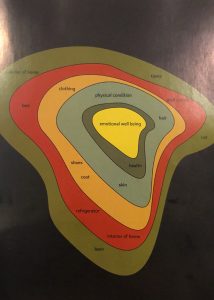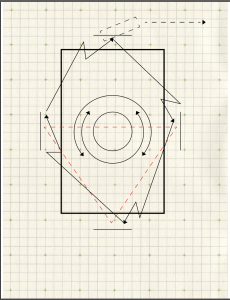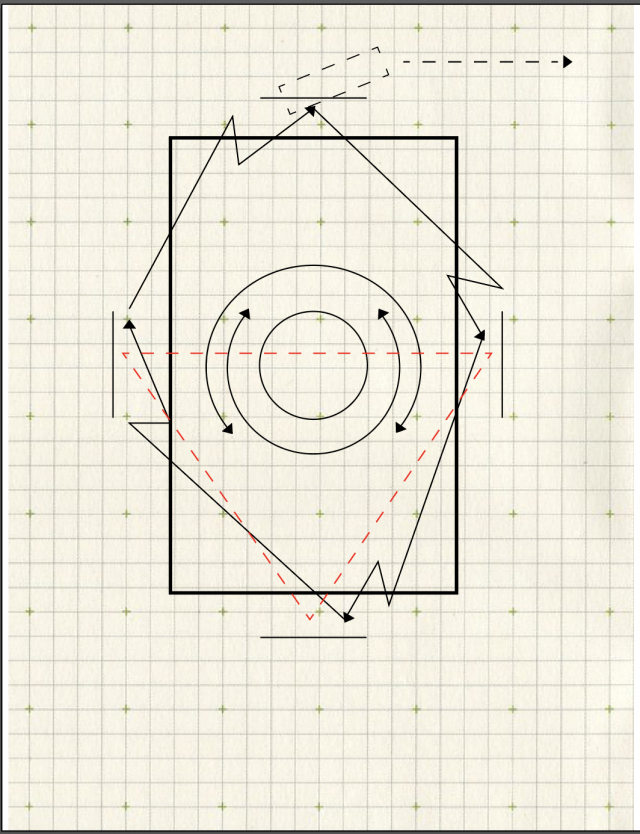I sat around a communal market table here in Mexico City yesterday. The group of tables, each roughly six feet long by three feet wide, dispersed the larger groups at the cafeteria between tables or squished them insight physical proximity around one. Solo diners were interspersed between couples and I sat in place of where the fourth member of one family eating lunch together might have been. To design a table is essentially to design the shapes, looks and dynamics of gathering and sharing. A table in a social space makes a decisive statement on what number of people forms a “good” group, how physically close they should be together, how far across from one another, where the collective attention should be centered, and more. This summer I will be developing a project that explores the complicated dynamics at hand in the design of a table while synthesizing it with ongoing research for my concentration in “Design and Choreography as Design Practice.”
Entitled Sobre//Mesa, the project consists of a series of “choreographic tables” whose shape and design physically manipulate the people gathered around the tables for a meal in order to generate and experiment with different situations of social physicality and to enact “passive choreographies/scores.” I am interested in exploring how to imbed a score within the form and nature of the object, and, more broadly, to look at the aesthetics, gestures and physicality of gathering. In July, I begin a artist residency in conjunction with The Lab Program Mexico City and Gallery Frontera Garibaldi in which I will fabricate the tables and stage several events/meals to “activate” them.
“Sobre//Mesa” refers to the Spanish word sobremesa for the time shared at the table after a meal (my research is taking place in Mexico City), but deconstructs it to also mean being “above” or “about” the table in a physical, bodily sense. My research so far has been equally informed by reading works by artists such as Franz Erhardt Walther and Andrea Zittel as it has been from sitting at many different tables here in Mexico.

My work thus far has bounced between reading, movement research and drafting scores to look at the different ways that objects can signal and activate scores and choreographies.

Through drawing “gesture graphs” of everyday objects like tables, chairs, and books I have been trying to distill the inert and unconscious physical/choreographic relationships we have with these objects through their obvious uses to see how I might manipulate and reorient them in my designs. I have been observing these relationships through artist/designer Andrea Ziitter’s ideas of “psychophysical spaces” and artist/architect Franz Erhardt Walther’s concentration on the body and memory in order to create architecture that generates “situations.” This draftwork has brought me to several key elements to play with within my final designs:
distance (between bodies, between ends and edges, between materials)
tension (how the table is supporting, is it supporting us? are we supporting it? are you supporting me? am I supporting you?)
direction (of bodies, of attention, of eye contact, of social order, of time)
supported and shared weight (what or who is the table leg, what holds a group together? how is that responsibility distributed? physically? socially?)
